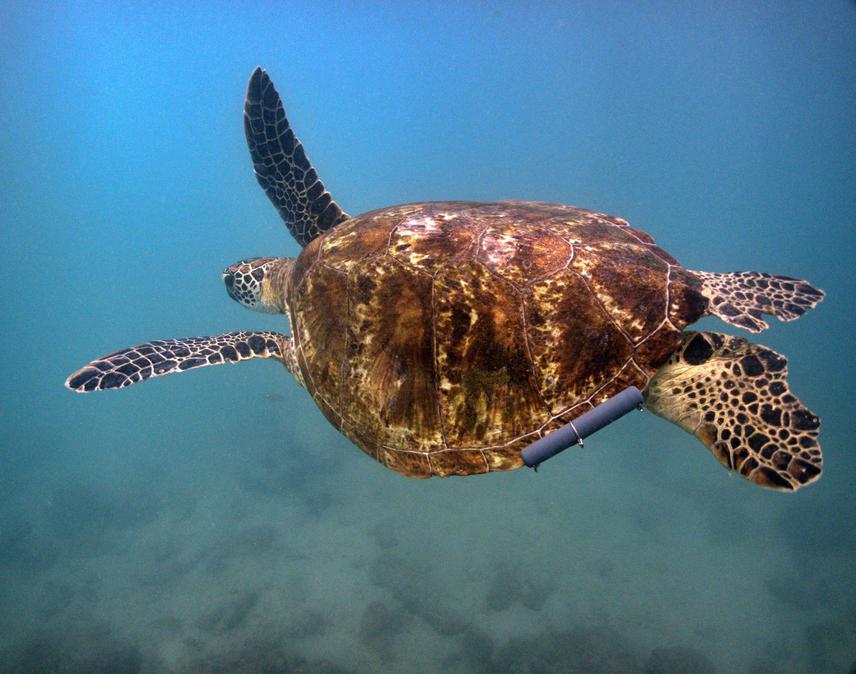Veronica Valverde-Cantillo
Identifying critical habitats for threatened species such as the hawksbill sea turtle is crucial for effective conservation planning and prioritizing on future research work. The Eastern Tropical Pacific (ETP) Ocean is home to one of the most threatened populations of hawksbill turtles, yet information on their spatial ecology is scarce. The north Pacific coast of Costa Rica is a region subject to a strong seasonal upwelling and has been previously identified as an important feeding ground for hawksbill turtles in the ETP. A recent project found that hawksbill turtles are moving regularly outside previously identified areas, but it is unknown where they go and how they connect between their key habitats.

Our project intends to identify key areas for hawksbill turtles in an important gulf in north Pacific coast of Costa Rica, using local communities’ knowledge in a citizen science program as a base for our research. Locations with high habitat diversity will be monitored using acoustic telemetry to determine the high use habitats for sea turtles tagged in the region and estimate the connectivity between these areas. These results will highlight the importance of habitat connectivity for highly mobile species and will set a base for the spatial management measures that are necessary to protect it. The results will also reinforce the importance of involving the community in research and conservation initiatives, making sure they benefit from these projects as well and that they are able to incorporate this information into their activities.